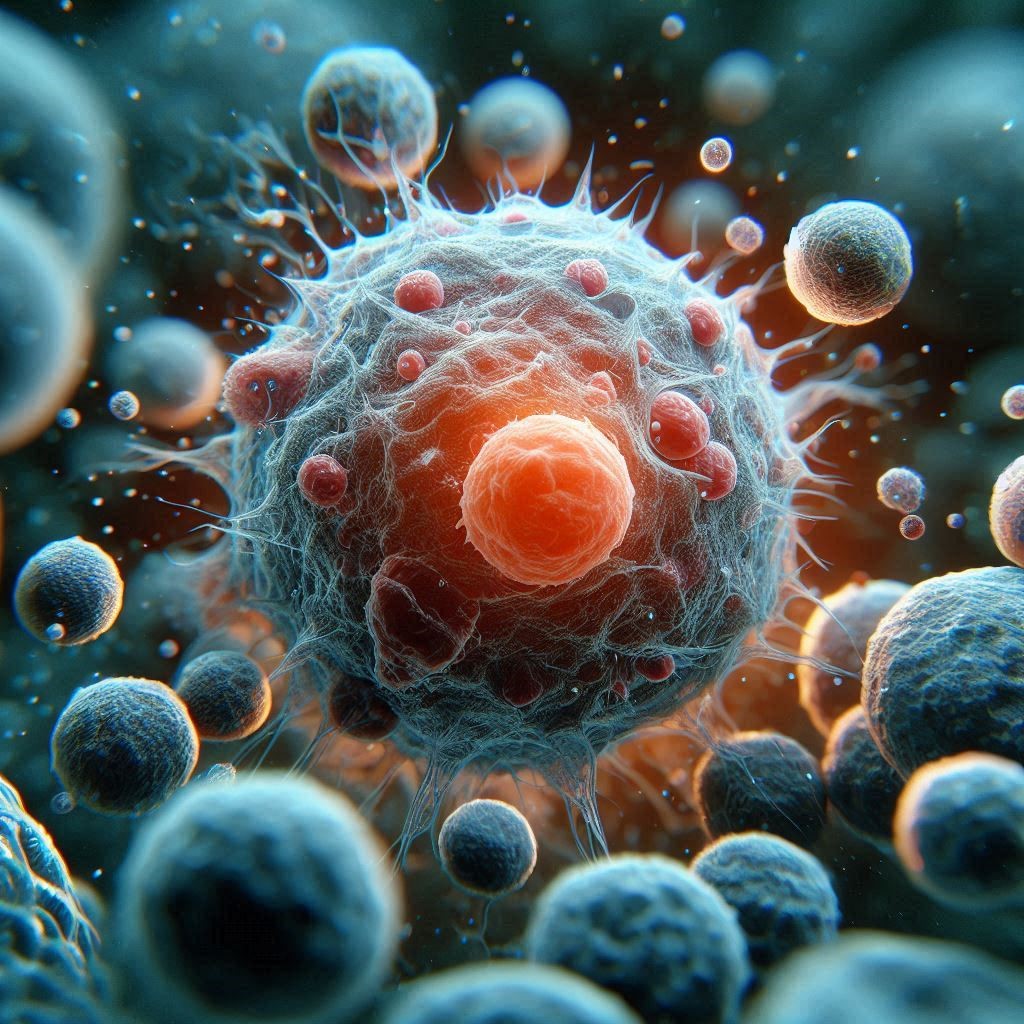Reactive oxygen species act as a crucial ‘traffic signal’ to determine whether tissues heal or regenerate, offering potential therapeutic insights for various health challenges.
The ability of organisms to respond to injuries and repair tissues is variable across species and even between different tissues. While some animals can effectively regenerate damaged structures, humans face limitations in renewing tissues, leading to significant health challenges. Flatworms were used as a model to explore the role of reactive oxygen species (ROS) in the healing and regrowth of tissues. Results indicated that ROS play a vital role in controlling gene expression and shaping the outcome of tissue repair. The study identifies a threshold mechanism for ROS signaling – different levels of ROS can activate and regulate specific processes for either tissue repair or regeneration, wound closure and wound-related gene expression. The results highlight the balance of ROS signaling as a potential therapeutic means to control wound repair mechanisms in multiple contexts.
https://www.biorxiv.org/content/10.1101/2022.04.05.487111v1.full



